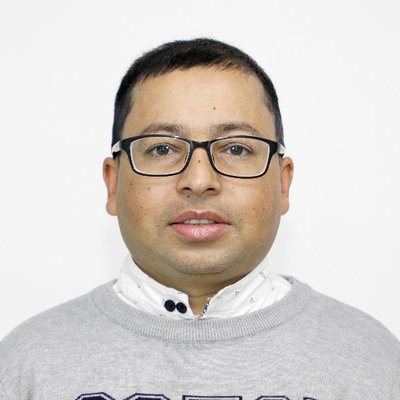As it is
The Dashain as I know it is no more
If I go home for Dashain this year, maybe I could hear the echoes of my father calling out to me a couple of decades ago to drive our cattle towards home.
Mohan Guragain
Dashain means different things to different people. Crisp rupee notes, fresh smell of new clothes, the bamboo swing, sweet guavas, pickled cucumber, soaring kites, soldiers’ cannon fire, cool autumn air, goat pakku. Choices abound.
My earliest memory of Dashain is about our family tailor stitching the year’s new clothes. Sante Master did not need a ruler or tape to cut cloth before stitching. He already knew how long my father’s daura should be. One thing he did not do after stitching clothes though was iron them. His son was different. He took proper measurements and ironed them afterwards. He made a pair for me too, a crisp new daura-suruwal for Dashain.
And then, there was the grand Dashain swing. Boys were the ones who were tasked with setting it up. We used to cut four to five bamboos, dug holes at each corner of a square and erected the bamboo poles. Then, we used to weave a rope from babiyo grass that we had cut and left to dry, days before the day we installed the swing. The holidays then were spent swinging as long as we could—from late mornings to moonlit evenings.
The annual affair may not induce the same charm for many, but children have their own ways of finding happiness even in the ordinary. The new clothes, relentless feasting and travelling across villages to meet extended families was undoubtedly the best time of the year.
Days of chanting the Durga Saptashati scripture and worshipping the goddess led to the cherished Tika day. Father had unflinching faith and fulfilled every requirement for the Asthami puja and the Dashami tika.
Those were the times when people who had left the village for studies or work came back home every year unfailingly for the festival. But now, people have drifted further in pursuit of education and development, to foreign lands, and can’t return home every year. Even for someone like me, who has migrated only to the Capital, villages seem far and remote.
Times are changing and so are the socio-economic conditions. Migration, fuelled by the money remitted by a family member working in a foreign country and growing scarcity of water for drinking and irrigation in the hills, has split clans. Even the childhood merriment wears off when one has to cater to family needs, and fresh challenges are robbing villagers of their pastoral pleasures.
To me, Dashain has come to be a nostalgic time. Families are deserting our hill village one after another to settle in towns and the eastern Tarai. I have not returned to my village since my father left our country home four years ago for the treatment of his terminal illness. We had tried hard to convince our father to migrate to the plains but only death could uproot him from the hillside where he reared cattle, cultivated land and raised more than half a dozen children.
Most of my family members and close relatives now live in Jhapa, but it has never come to be my home. In Jhapa, there is no Khorunga river to cross before trekking uphill for hours to our maternal village in the chilly Jaljale. There is no grandmother who pampered me when we reached her place on our tired feet. There is no dad who carried me on his back when I could not find a firm foot up a slope in the moonlight. In Jhapa, there are no runner beans to pluck and chew while driving away cattle that had strayed into a millet field.
And then there are logistics to take care of, which has been deteriorating with each passing year. The pathetic condition of public transport and roads on which they are driven—both add to the last straw that breaks people’s back during Dashain amid rising costs.
One Dashain, my friend and I had to travel on a packed bus, standing all the way, despite having bought tickets in advance. In order to reach eastern hills from Kathmandu, for instance, one has to first descend to Tarai, travel across the length and climb a winding road up Chure and Mahabharat, spending a day and a morning.
Before the narrow BP Highway was opened through Sindhuli four years ago, buses had to run 150 extra kilometres via Bharatpur to reach Bardibas. The Mid Hill Highway project, which was executed in response to the months-long obstruction of the East-West Highway during the 2015 Tarai protests, is still incomplete. Wherever it is ready, it’s inefficient and lengthy since it tried to link existing hill roads rather than building a straight highway with tunnels and bridges. And when flights are concentrated in the cities of the plains, travelling to the remote hillside is still a nightmare in Nepal.
This Dashain, I have not yet planned my journey home. I would love to travel to my Tehrathum village to sweep cobwebs in our abandoned family house, to climb guava trees, to bathe in the well water. I would like to make a tiring trip to Tamor and dip my feet in the river. In the cliffs hanging above, maybe I could hear the echoes of my father calling out to me a couple of decades ago to drive our cattle towards home. I may have saddened dad by not visiting home a couple of Dashains but it’s my disappointment now to be unable to visit him in hearth and home.




 5.15°C Kathmandu
5.15°C Kathmandu










